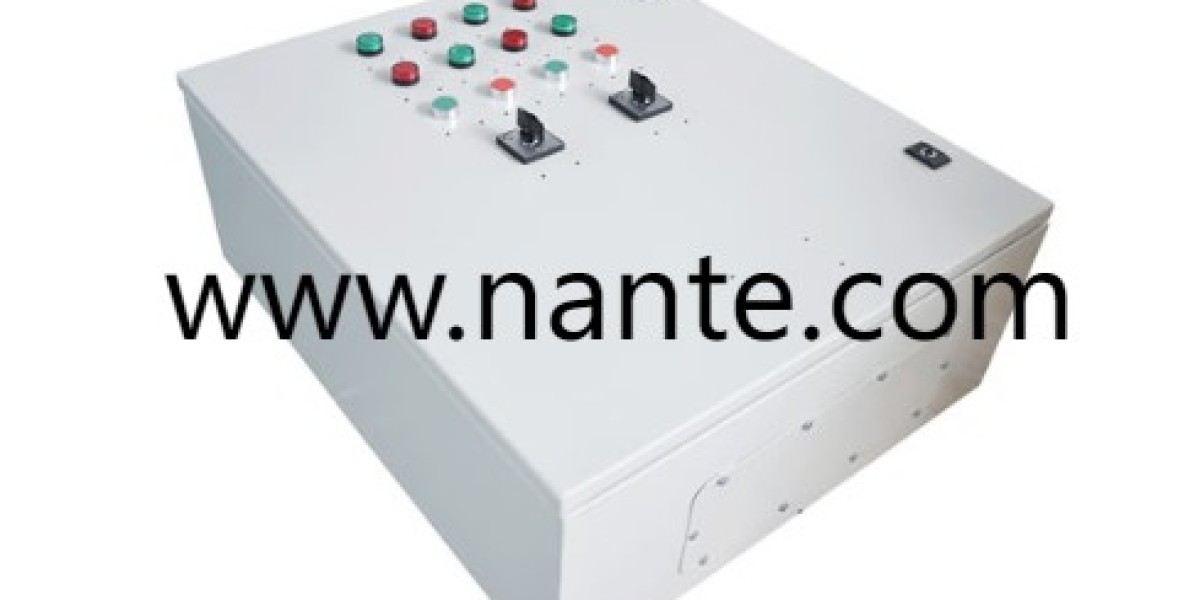The Illuminating Future: A Deep Dive into the Horticulture Lighting Market
The global horticulture lighting market is experiencing a vibrant surge, poised for substantial growth in the coming years. Driven by an escalating global population, shrinking arable land, and a pervasive demand for fresh, locally sourced produce, this sector is rapidly evolving from a niche segment to a critical component of modern agriculture. Forecasts suggest the market, valued at approximately USD 6.26 billion in 2024, could reach an impressive USD 29.12 billion by 2033, exhibiting a robust Compound Annual Growth Rate (CAGR) of around 18.9% from 2025 to 2033. This exponential growth is primarily fueled by advancements in lighting technology, the rise of controlled environment agriculture (CEA), and an increasing focus on sustainable farming practices.
Drivers of Growth: Cultivating Efficiency and Yield
Several key factors are propelling the horticulture lighting market forward:
Rise of Controlled Environment Agriculture (CEA): The undeniable shift towards indoor farming, vertical farming, and greenhouses is the most significant catalyst. As urbanization intensifies and climate variability poses threats to traditional outdoor farming, CEA offers a solution for consistent, year-round crop production, independent of weather conditions. These controlled environments heavily rely on artificial lighting to optimize plant growth and maximize yields.
Technological Advancements in LED Lighting: Light Emitting Diodes (LEDs) have emerged as the dominant technology in horticulture lighting, accounting for the largest market share (over 57.5% in 2024). LEDs offer unparalleled energy efficiency, consuming significantly less electricity than traditional High-Intensity Discharge (HID) or fluorescent lamps. Their longer lifespan, minimal heat output, and crucial ability to tailor light spectra to specific plant growth stages make them the preferred choice for growers seeking to enhance crop quality and accelerate growth cycles.
Integration of Smart Lighting Systems and IoT: The horticulture lighting market is witnessing a rapid adoption of smart lighting systems integrated with the Internet of Things (IoT), spectral optimization, and precision farming platforms. These sophisticated systems allow growers to precisely control light intensity, wavelength, and photoperiod in real-time, adapting to specific crop types and environmental conditions. This intelligent coordination not only enhances plant growth and yield but also significantly reduces energy consumption and streamlines labor through data-driven control.
Increasing Demand for Fresh and Local Produce: Consumers are increasingly prioritizing fresh, healthy, and locally grown food. Horticulture lighting enables urban and peri-urban farming, reducing transportation distances, ensuring freshness, and minimizing the carbon footprint associated with traditional supply chains. This growing consumer awareness directly translates into a higher demand for CEA and, consequently, advanced lighting solutions.
Legalization of Cannabis Cultivation: The growing legalization of cannabis for medicinal and recreational purposes in various regions has created a new, high-value segment within the horticulture lighting market. Cannabis cultivation, particularly indoors, demands precise lighting solutions to optimize cannabinoid profiles and overall plant health, further boosting market demand.
Government Initiatives and Subsidies: Governments worldwide are recognizing the importance of sustainable agriculture and food security. Many are offering incentives, subsidies, and research grants to encourage the adoption of energy-efficient LED lighting and advanced CEA practices, thereby accelerating market growth.
Challenges on the Horizon: Overcoming Hurdles
Despite the promising outlook, the horticulture lighting market faces certain challenges:
High Initial Investment Costs: The upfront cost of implementing advanced LED horticulture lighting systems can be substantial, especially for small and medium-sized growers. While the long-term energy savings and increased yields offer a strong return on investment, the initial capital outlay remains a significant barrier to entry for some.
Technical Complexity and Lack of Skilled Personnel: Optimizing light "recipes" – the precise combination of light intensity, spectrum, and duration for different crops – can be complex. There is a need for more skilled personnel who can effectively design, install, and manage these sophisticated lighting systems.
Regulatory Fragmentation and Lack of Standards: Varying electrical and energy efficiency standards across different countries, along with a lack of universally recognized testing and performance metrics, can hinder cross-border expansion for manufacturers and create confusion for growers.
Energy Grid Limitations and Environmental Concerns: While LEDs are energy-efficient, large-scale indoor farming operations still consume considerable electricity. This can strain existing energy grids and raise concerns about the environmental impact of increased electricity generation, particularly if renewable energy sources are not utilized. The issue of e-waste from discarded LED fixtures also needs addressing.
Key Players and Future Outlook: A Bright Trajectory
The horticulture lighting market is characterized by the presence of both established lighting giants and innovative specialized companies. Key players include Signify Holding (Philips Lighting), ams-OSRAM International GmbH, Gavita International B.V., Heliospectra, Valoya, and California LightWorks, among others. These companies are actively investing in research and development, focusing on creating more efficient, intelligent, and crop-specific lighting solutions.
The future of the horticulture lighting market is undeniably bright. Continued innovation in LED technology, particularly in developing customizable spectrums and integrating AI for predictive optimization, will be crucial. The market will likely see further consolidation through mergers and acquisitions, as companies seek to expand their product portfolios and geographical reach. As the global demand for sustainable food production intensifies and technological advancements make CEA more accessible and cost-effective, horticulture lighting is set to play an increasingly vital role in securing the world's food supply and transforming the agricultural landscape.
Related Reports:
South Korea Service Robotics Market






